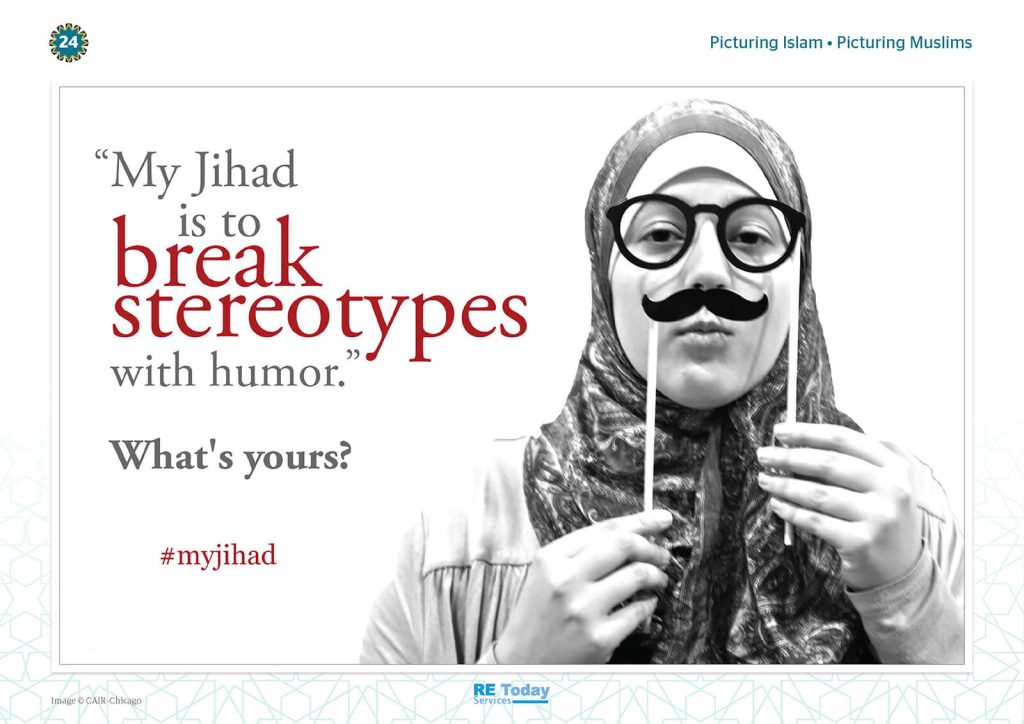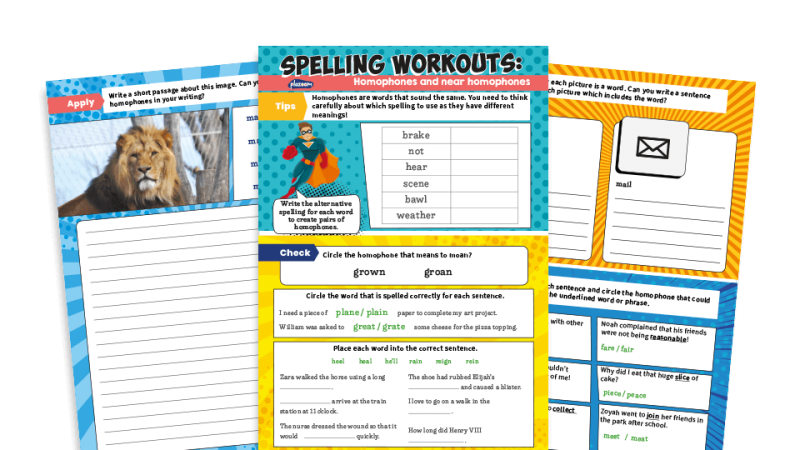Primary RE resources – How to confidently teach about Islam in KS2

Want to confidently teach about Islam in RE? It’s about much more than drawing and labelling pictures of mosques, says Lat Blaylock…

- by Lat Blaylock

Many teachers experience confidence issues when it comes to teaching RE, especially when the religion in focus is Islam.
Our survey of teachers throws up comments like these all the time: “I am worried about causing offence.” “I have children in my class who are Muslims and they and their parents know more than I do by miles.” “My class – and community – has no Muslim children in it, and the negative media images of Islam make it difficult to teach about Muslims without some prejudices emerging.”
One response to this is to play safe: teach about the five pillars of Islam in a very factual way and move on to something less awkward quite swiftly. But I’m convinced that it’s vital for all our children to have a deeper encounter with Islam than is provided by drawing a mosque with five pillars and labelling it.
Islam is the second largest religion in the UK and globally. About 5% of British people are Muslims, and there are about 1.8 billion Muslims worldwide.
To know our own country, and world, children are entitled to a rich knowledge of the Muslim faith, ranging across its history, beliefs, contributions to science, culture and society and the lived experience of Muslims in our communities.
The first mosque in the UK was built in 1889 in Woking, Surrey. Today there are over 1,800 in the UK (for comparison, there are about 50,000 Christian congregations).
Islam raises questions about the meaning and purpose of human life which everyone must answer for themselves. The Prophet Muhammad (PBUH) taught that submission to the one and only God is not only a road to paradise in the next life but also the way to find fullness of life every day.
The 14 centuries of Islamic experience which can be studied in RE are worth a dialogue, in which Christians, Humanists or followers of any worldview engage with Islamic ideas, experience and spirituality so that they can appreciate what it is about the faith that those billions of Muslims find so powerful.
RE’s purposes are to enable all pupils to learn from each other by disagreeing respectfully – this kind of RE is never about encouraging pupils to adopt one religion or promoting one world view over another.
The representation of Islam in our society has been stereotypical and negative in ways that have led to rising Islamophobia, hate crime and prejudice.
As teachers tackle questions about racism, tribalism and intolerance, examples of ‘Islamist terrorism’ need to be addressed. Where media reports focus on the tiny number of Muslims involved in fanaticism, RE teaching takes a broader view of the whole community.
How to teach fairly and confidently
Teachers of RE are often rather good at tackling prejudice with information. This means using authentic, varied ‘insider’ voices and making space for British Islamic communities – including young people – to speak for themselves.
Our pupils will not develop attitudes of respect without plenty of accurate information about Islam.
Choosing images of Islam that are challenging is important too. The concept of ‘jihad’ is a particularly alarming one for some teachers.
The word simply means ‘struggle’, and Muslims identify the ‘greater jihad’ as the struggle to live a good life and make one’s own contribution of goodness to society.
This image from the comedic photo artist Sadaf Syed is a great one to use in opening up a concept that could be alarming.
It is important that RE goes beyond knowledge and presents challenges to prejudiced negative views. This is a subtle example of how to begin the process of undermining stereotypes.

Finally, there does come a time for what Professor Ted Cantle calls ‘dangerous conversation’. This is where pupils need a safe space to talk through the negative ideas they may have, responding to the challenges of rich knowledge and authentic insider viewpoints.
The purpose of RE is neither to ‘satanise’ nor ‘sanitise’ religions. We don’t make out that any religion is devilish in and of itself, nor do we hide from the fact that all religions have a ‘dark side’ and are used to justify hideous evil sometimes.
Instead, we teach pupils to be reasonable about religion, and to disagree respectfully. So teachers of RE need not be too alarmed by teaching Islam. Good resources, open conversation and rich knowledge can make it a pleasure.
Lat Blaylock is an adviser for RE Today and editor of REtoday magazine. RE Today’s new cross-phase teaching resource, Picturing Islam, Picturing Muslims, features 24 picture cards and 72 learning activities and lesson ideas. Find out more at retoday.org.uk/pipm and follow on Twitter at @re_today.










